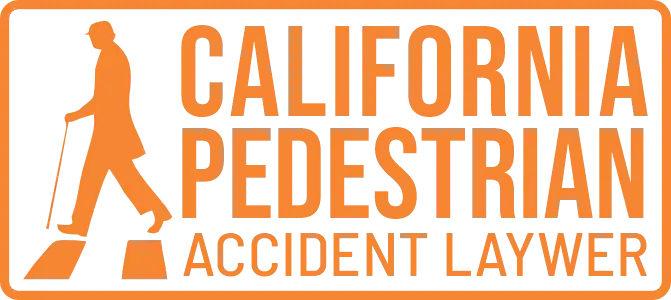Pedestrian accidents are a common problem in California, and knowing how the state’s laws protect pedestrians can make all the difference in your case. Here’s a look at some of the key pedestrian laws in California:
- California Vehicle Code – Right of Way
Under California law, pedestrians have the right of way at crosswalks. Drivers must stop and yield to pedestrians at both marked and unmarked crosswalks, even if they’re not in a crosswalk. This means drivers are usually at fault when a pedestrian is hit while crossing legally. - Jaywalking Laws
While pedestrians generally have the right of way, California does have jaywalking laws. However, even if a pedestrian was jaywalking, the driver’s negligence may still be the primary cause of the accident. - Hit-and-Run Accidents
If the driver involved in a pedestrian accident leaves the scene, California law allows victims to seek compensation through their own insurance under uninsured motorist coverage, provided they have it. - Pedestrian Injury Claims
Pedestrians who are injured in accidents caused by a driver’s negligence can pursue compensation for medical bills, lost wages, pain and suffering, and other damages through personal injury claims.
Conclusion: California’s pedestrian laws are designed to protect your safety. If you’ve been involved in a pedestrian accident, understanding your rights and having a skilled lawyer on your side can help you pursue the compensation you deserve. Reach out to a California pedestrian accident lawyer for assistance with your case.



